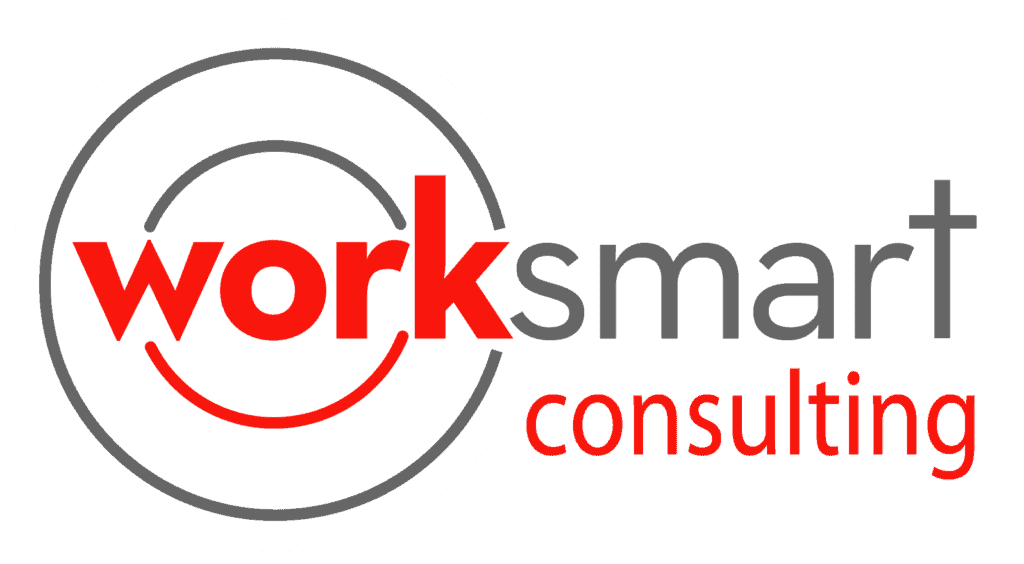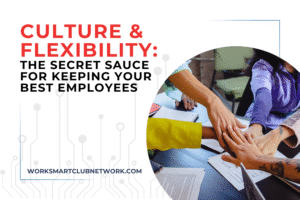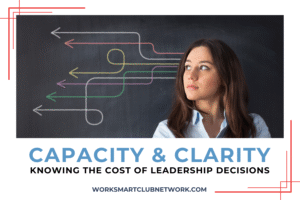Leaders make decisions. This is what we do! Have you ever had a boss that could not make a decision and waffled, back and forth? How did you feel about that boss?
Or on the other side, maybe you have had someone make an impulsive decision and then end up changing their mind after you started working on their idea. How did you feel about that?
Perhaps you struggle with making decisions? Read through this introduction to decision making and start to build your confidence. We have an entire course on making decisions if you want to excel in this critical leadership skill.
Being decisive is one of the most common descriptors of a strong leader. Organizations cannot survive without good decisions being made at the right time and by the right people. Your future success as a leader depends on you being able to make good decisions.
Impact of Decision Making
Some decisions have little risk, while others may have your future hanging in the balance. It is these important decisions that you cannot put off without serious consequences. Professionally, you cannot afford to be wishy washy, or you risk losing out on promotions and increased opportunity. Both you and your staff make decisions all day long.
Confidence in your decisions comes from an inner peace, knowing you have a structure you can use to ensure you make the best decisions.
Skills that Get Boosted
Here are some of the skills that you enhance with good decision-making skills:
- Flexibility
- Analytical thinking
- Critical thinking
- Problem-solving
- Investigation
- Team player
- Strategy
- Active listening
- Ability to compromise
- Time management
It is worth your time and effort to power up your decision-making skills.
Decision Making Steps
The following represents steps in the decision-making process. We go into models a little later. Become familiar with these steps to help you avoid some of the pitfalls of poor decisions.
1.) Know your problem.
To solve problems and support optimal workflow, it is important to correctly identify the problem. This is the stage where you acknowledge a decision has to be made and you have to be precise as you define the scope of the issue.
2.) Collate relevant information.
You can say that decisions are only as good as the information you use, to make them. Other than urgent decisions, it is important to have the necessary, relevant information. This includes feedback from those closest to the problem as well as experts, along with data that is available related to the problem.
3.) Consider options.
Try to have at least three options for the problem you are solving. Use the best decision making model for the situation to weigh the options. Consider the context, time, available resources, and ultimate goals; this is where you consider the cost-benefit ratio or set up the pro/ con list.
4.) Decide: make the decision.
This is the time for action. You have collected data, considered the scenario, and evaluated a ranking list of alternatives, so now it is time to make that decision.
5.) Implementation phase.
This is when you put your plan into motion. Your implementation plan should include a communication strategy to answer questions and address concerns along with a map of any threats that may block execution. Include a monitoring plan so that you can quickly shift into a contingency plan should things go off track.
6.) Evaluate your decision.
In this phase you are evaluating your decision, not the outcome of your decision. Was the decision a good one, was there additional information that would have been useful? Other people you could have spoken with? What did you learn in the process? This is not an exercise in overthinking, but rather, a learning opportunity.
7.) Evaluate the outcome.
When you are implementing a strategy, you want to evaluate the outcome. Did you get the results you wanted? Was the project on time, within budget and achieved your desired outcomes? Having a retrospective is a necessary step when you implement any initiative. This is how you keep from repeating mistakes, learn best practice for your department and help your staff develop the best problem-solving habits.







Responses